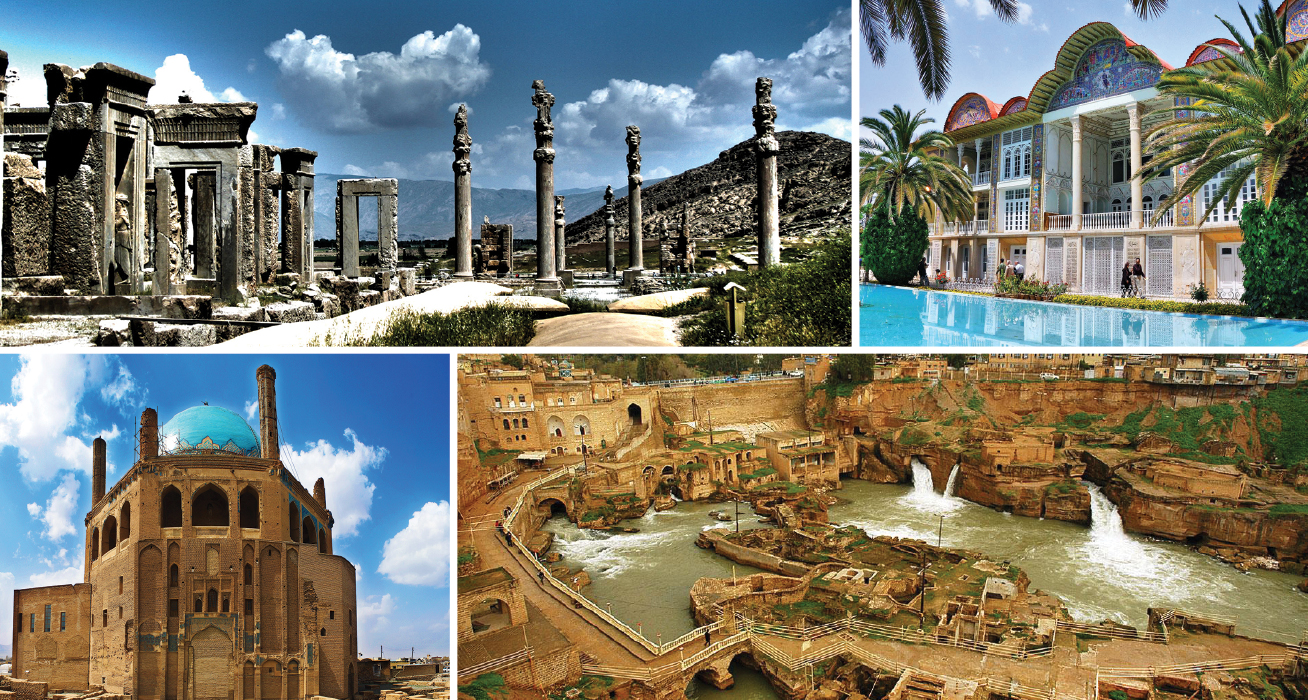Iran boasts the highest number (19) of world heritage sites in the Middle East and has 49 sites listed on the UNESCO tentative lists. But lack of proper funding to restore and preserve these sites may pose a risk to the country’s chances of inscribing more sites on the coveted World Heritage List.
“We had plans during the last fiscal year (ended March 19) for our world and national heritage sites, but because we didn’t receive the funds we couldn’t execute them,” said Farhad Azizi, director of the Office for Iran’s World Heritage Affairs.
He told Mehr News Agency that his office was originally established to manage the heritage sites, but about five years ago the management of national heritage sites were also delegated to his office.
“However, later it was decided [to cut our budget and] give the funds to manage national sites to provincial cultural heritage authorities,” he said, adding that “only in some cases” the money would go where it was supposed to, according to the Persian daily Hamshahri.
To remedy the problem, the government allocated “a special budget” worth an estimated 150 billion rials ($4.3 million) to heritage sites last year to be given to them directly by Azizi’s office, but “due to the economic problems we didn’t get the money.”
This year, about 350 billion rials ($10.1 million) will be set aside for the historical sites, and Azizi is optimistic. “It’s going to make a lot of difference,” he said.
Plans for UNESCO Sites
Aside from routine restoration projects, developing infrastructure in and better promotion of UNESCO-listed sites top the agenda this year (started March 20) for the Office for World Heritage Affairs.
“We’ve already started improving the infrastructure, such as putting up signs, but there’s a lot more to be done,” the official said.
He said the revenues from ticket sales is meant to be spent on improving the sites and paying wages, but last year none of the sites received what they were owed.
Normally, around 30% of the revenue is deposited with the national treasury, while the rest is given to provincial offices of Iran’s Cultural Heritage, Handicrafts and Tourism Organization responsible for ensuring that the heritage sites receive their fair share. However, the sites rarely — if ever — receive what they should.
Almost two million domestic and foreign tourists visited Iran’s world heritage sites during the Norouz holidays (March 20-April 1), generating 60 billion rials ($1.7 million) during the annual holiday season.


